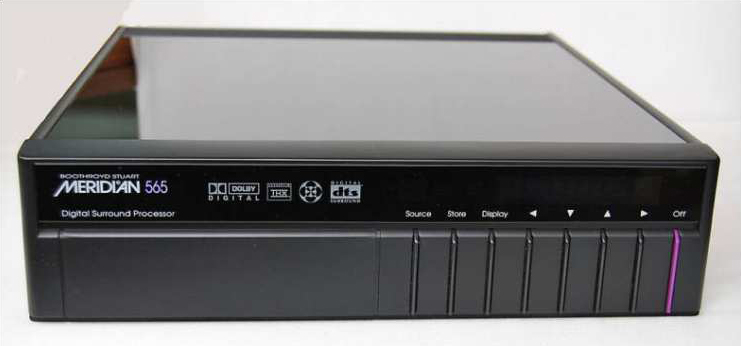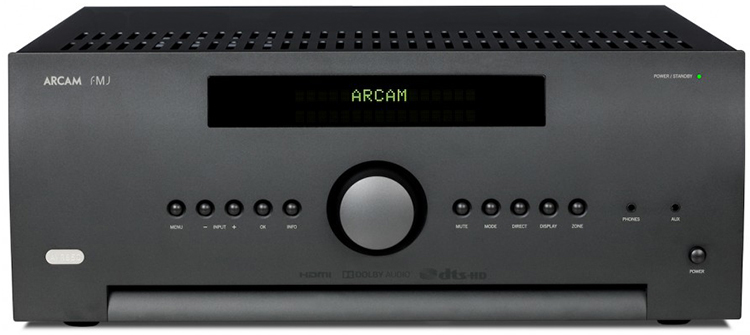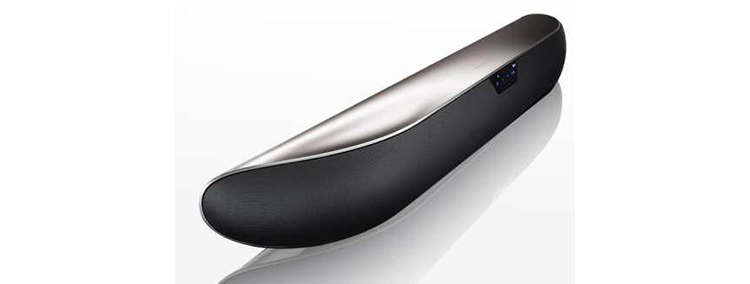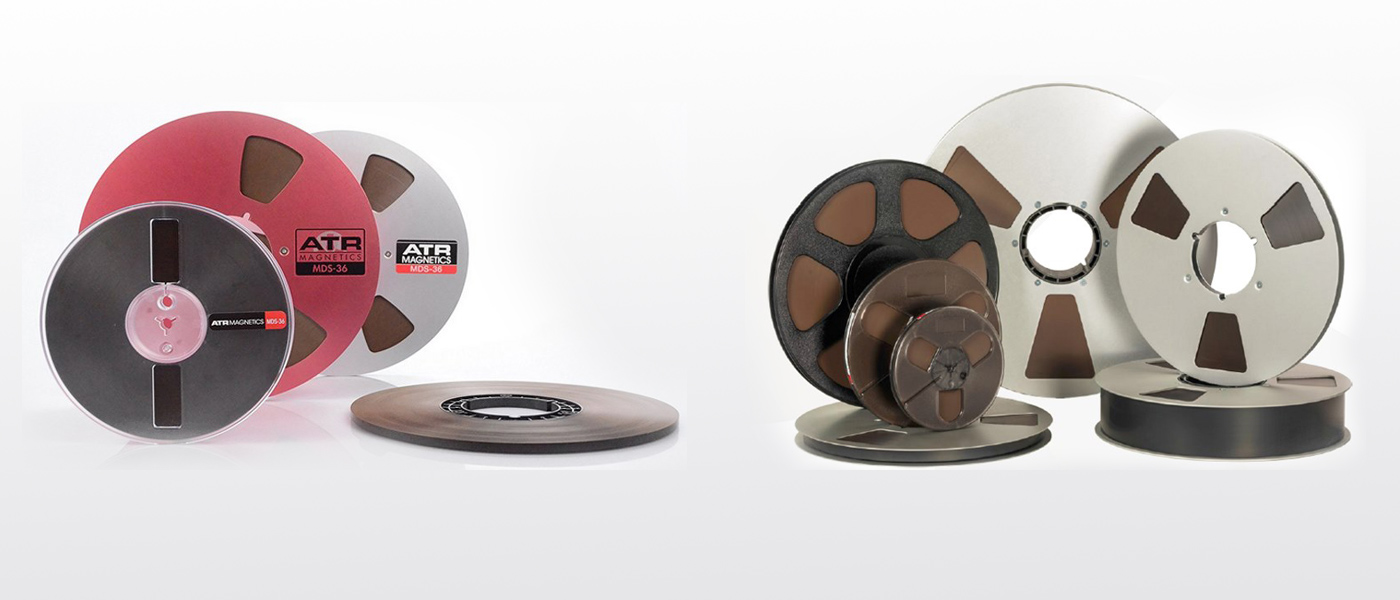Unlike the British hi-fi industry, with its long pedigree, high-end home theater products in the UK have always been somewhat marginal. While there are UK manufacturers that make home theater products, these tend to be something of an adjunct to their main, hi-fi oriented offerings. Nonetheless, the UK has produced and continues to produce some fine home theater products. Moreover, there are signs that the UK’s specialist home theater market – while increasingly challenged by more mainstream products such as soundbars – will continue to grow.
There are relatively few British separates manufacturers that make dedicated home theater products. Some notable exceptions are Meridian Audio, Arcam and NAD. Among them, Meridian was first to embrace home theater. Towards the latter end of the LaserDisc era and during the advent of DVD, when Dolby Digital and DTS were introduced to the domestic market, Meridian produced the Meridian 565, the world’s first completely digital surround-sound processer. The 565 was released to universal acclaim, receiving praise from, among others, Stacey L. Spears in his 1997 review of the 565 for Secrets.

Since the 565 helped set the bar for digital home theater sound, Meridian has stuck to its modular approach, releasing the reference 861 in the late 90s (also reviewed by Stacey Spears, here) and updating it repeatedly since. The 861 is currently on its eighth iteration with the 861v8, although to date Meridian have yet to embrace Atmos and DTS X.
Secrets Sponsor
While the Meridian 565 was in production, another high-end British hi-fi company, TAG McLaren Audio, produced the AVR32 AV processor alongside its striking F1 loudspeakers.
I had the pleasure of listening to a full TAG McLaren F1 set up shortly after the F1s were released; it was the most impressive home theater system I had experienced. Unfortunately, TAG McLaren existed for only five years, ceasing production in 2003. TAG McLaren’s short-lived existence speaks to the difficulty faced by British home theater manufacturers that focus exclusively on the high-end in the face of a relatively small domestic market.
At the time I heard the F1s, my home system was based around British company NAD’s first home theater receiver, the T750. The T750 like other NAD products of its day was, externally at least, the design antithesis of the F1s: a relatively featureless grey box. It was very much a case of substance over style though, a design philosophy continued by NAD to this day, most recently evidenced with the T758, reviewed for Secrets in February by Chris Eberle.
Secrets Sponsor
The T758 and NAD’s other current offerings join Arcam in adopting Dirac Live’s outstanding room correction system, correcting for both frequency and impulse response. NAD and Arcam together illustrate the latest thinking in British home theater separates: no frills design coupled with cutting edge room correction. It is an approach that appears to be paying dividends. Arcam’s flagship offering, the AVR850, was described by Jim Clements in his review for Secrets as “one of the best sounding receivers that I have ever had in my system”.

The current challenge for British home theater manufacturers is attracting new customers in the era of the soundbar. The past ten years have witnessed soundbars wrestle away market share from traditional home theater systems. In 2006 soundbars occupied approximately 1% of the UK’s home theater electronics market. That figure now stands closer to 95%. Coupled with this, soundbars are improving all the time. Whereas once soundbars were the preserve of mainstream consumer electronics companies and often bundled with new TV purchases, the UK’s traditional separates and speaker manufacturers are gradually stepping into the fray. For example, Arcam produces its Solo Bar and Solo Sub combination, while Bowers and Wilkins has its Panorama 2.

In the typical UK home, a soundbar is increasingly likely to be found beneath a 4K UHD TV, with the most in-demand screen sizes being 50” or above. Almost certainly, the viewer will stream movies to that TV. Approximately 80% of UK households subscribe to at least one video-on-demand service. Netflix dominates the market with slightly over a quarter of UK households subscribing to its service.
There is something of a contradiction in this. As the proportion of the UK home theater market occupied by separates has declined, consumers are more likely to watch 4K streamed movies on large-screen TVs. This suggests that while the average UK consumer’s viewing habits are likely to benefit from home theater separates, they are more often than not turning to soundbars.
While the UK’s domestic market might be dominated by the soundbar, British home theater separates appear to be going from strength to strength, with NAD and Arcam leading the charge. And while separates have ceded market share to soundbars this might not, in the long run, be a bad thing for separates manufacturers. Soundbars have enlarged the home theater market, introducing new consumers to home theater sound. Moreover, soundbar sales, while still occupying approximately 95% of the UK home theater audio market, have shown signs of slowing in recent years, reflecting the relative maturity of the soundbar market and indicating that many consumers that want one might well now have one. This, then, suggests there is an opportunity for home theater separates to capitalise on the growth of large 4K TVs and streaming video-on-demand, by introducing a new generation of consumers to the benefits of superior multi-channel audio. Certainly the current crop of UK home theater separates, with their substance-over-features approach and adoption of Dirac Live, are well placed to do just that.
- GfK, ‘How is the audio market evolving?’, 2017
- BBC, A Survey of UK Television Viewing Conditions
- Broadcasters’ Audience Research Board, 2018
- GfK, Emphasis on 4K and HIFI Audio, 2016



